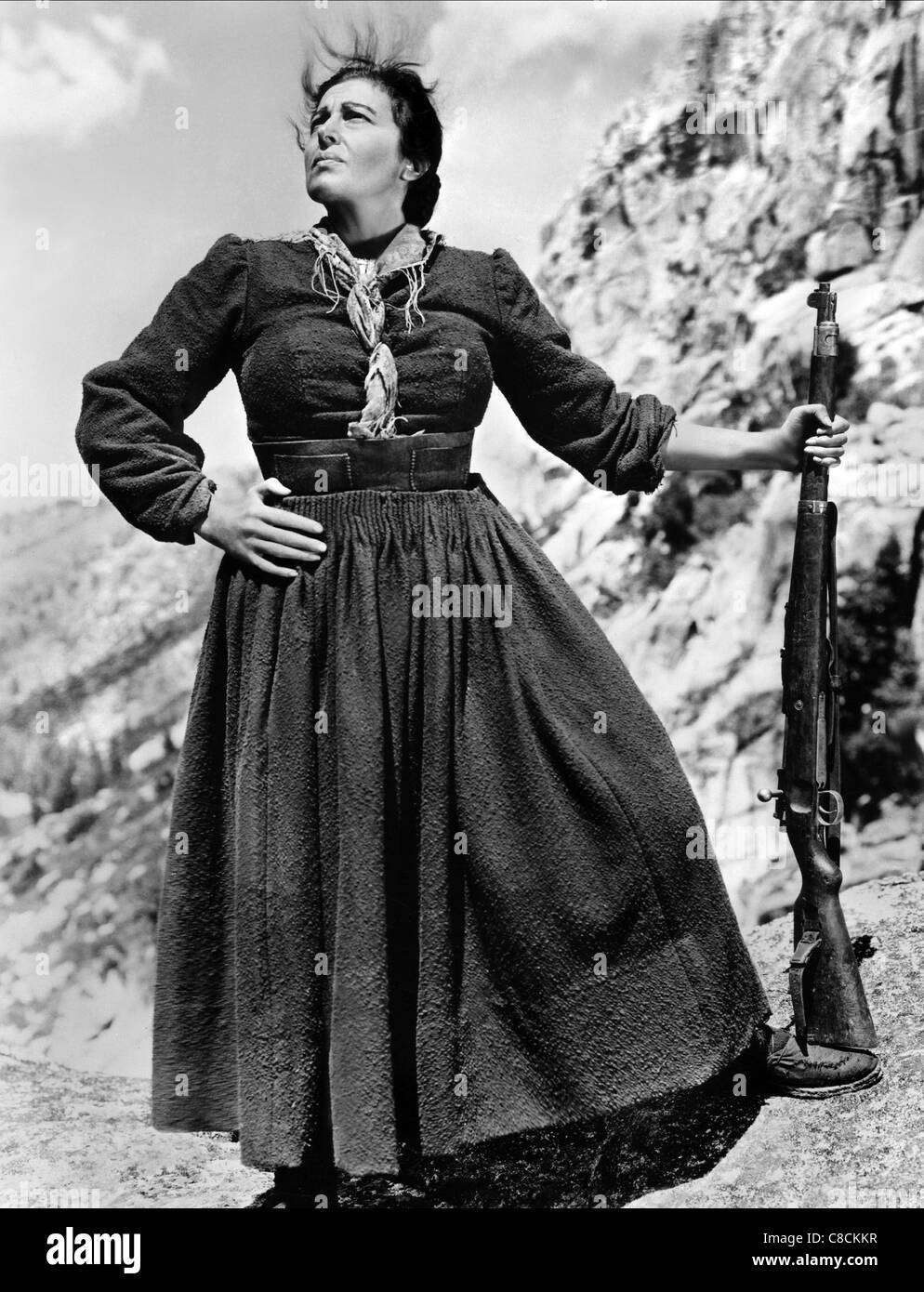Thinking Task :
This blog is a thinking task based on the poem 'The Waste Land' assigned by Dilip Barad Sir so in this blog I am going to give answers to some of the questions given below.
Q.1 What are your views on the following image after reading 'The Waste Land'? Do you think that Eliot is regressive as compared to Nietzsche's views?
Response : "The Waste Land" is like a puzzle showing a messy world. T.S. Eliot uses words to paint a picture of sadness and confusion. It's like looking at a bunch of different pictures that don't fit together. But if you look closely, you might find some meaning in the chaos.
Eliot's "The Waste Land" portrays a fragmented, disillusioned world, reflecting a sense of spiritual emptiness and cultural decay. This can be seen as regressive, as it suggests a longing for a mythical past or traditional values in the face of modern chaos. In contrast, Nietzsche's philosophy emphasizes embracing life's challenges and creating meaning in the present, rather than looking backwards for answers. He encourages a forward-thinking, individualistic approach to overcoming obstacles, which contrasts with Eliot's nostalgic or regressive tone.
Q.2 Prior to the speech, Gustaf Hellström of the Swedish Academy made these remarks: (On The salvation of Man lies in the preservation of the cultural tradition)
Response : Preserving cultural traditions is essential for the salvation of humanity as they embody our collective identity, wisdom, and experiences passed down through generations. These traditions provide a sense of continuity, belonging, and connection to our roots, fostering empathy, tolerance, and appreciation for diverse perspectives. They also strengthen social cohesion, resilience, and solidarity within communities, serving as anchors of stability in times of uncertainty. Furthermore, cultural traditions inspire creativity, innovation, and artistic expression, enriching our shared human experience and inspiring future generations to explore, innovate, and create. Valuing and safeguarding our cultural heritage is crucial for building a more inclusive, resilient, and harmonious world for generations to come.
Q.3 Write about allusions to Indian thoughts in 'The Waste Land'. (Where, How and Why are the Indian thoughts referred?)
Response : In T.S. Eliot's "The Waste Land," there are several allusions to Indian thoughts, particularly in the section titled "The Fire Sermon." Here, Eliot incorporates elements of Hindu philosophy and symbolism, drawing from texts such as the Upanishads and the Bhagavad
Gita. One notable reference is to the river Ganges, a sacred river in Hinduism, which symbolizes purification and spiritual renewal. The mention of "Sylvan scene, with a sound of water" evokes the serene imagery associated with the Ganges. Additionally, the use of Sanskrit chants and mantras, such as "Shantih shantih shantih," at the end of the poem echoes the Hindu concept of peace and tranquility sought through spiritual enlightenment. These allusions serve to deepen the poem's exploration of spiritual desolation and the search for redemption, as Eliot juxtaposes the decay of modern civilization with the enduring wisdom of ancient Eastern philosophies. By incorporating Indian thoughts, Eliot enriches the poem's thematic complexity and offers a glimpse of transcendence amidst the wasteland of modernity.
Q.4 Is it possible to read 'The Waste Land' as a Pandemic Poem?
Response : Yes, it's possible to interpret "The Waste Land" as a pandemic poem, particularly given its themes of isolation, disillusionment, and societal breakdown. The imagery of desolate landscapes, fragmented narratives, and a sense of spiritual emptiness resonates with the experience of living through a pandemic. Additionally, the poem's exploration of cultural decay and the search for meaning in a fractured world mirrors the feelings of uncertainty and existential crisis brought on by widespread illness and social disruption. Furthermore, the references to death, disease, and the breakdown of communication evoke the anxieties and challenges faced during times of crisis, such as a pandemic. While "The Waste Land" was written in the aftermath of World War I, its themes and imagery can certainly be interpreted through the lens of contemporary events, including the COVID-19 pandemic, offering readers a haunting reflection on the human condition in times of turmoil.
Thank you !!!
.jpeg)



.jpeg)
.jpeg)

